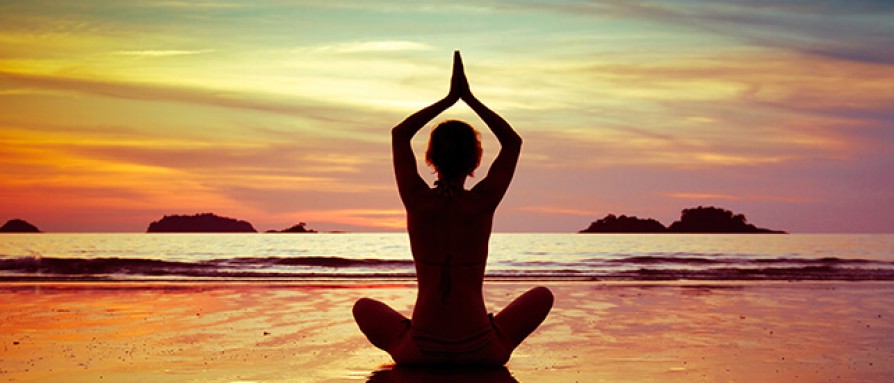|
Yogasanas
In Sanskrit, Yoga means union, Asana means a steady and comfortable posture. Asanas requires participation of one’s whole being, with awareness of oneself in relation to the physical position and movement, the breath, relaxation of the muscles and so forth. Whereas, exercise emphasizes on movement and stress on the muscles. Rishi Patanjali in his yoga sutras (2-4th Ce), described asana practice as the third of the eight limbs. In the Nath tradition, Goraksha Paddhathi (10-11th Ce), Hatha Yoga Pradipika (15th Ce) & Gheranda Samhita (17th Ce) describe the origin of the 84 classic asanas said to have been revealed by Lord Shiva. In 1966, Iyengar published Yoga Dipika of around 200 asanas. In 1984, Dharma Mitra compiled a list of about 1,300 asanas and their variations, derived from ancient and modern sources. Benefits of Asanas: Asanas aim at slowing down the breathing rate to improve the exchange of oxygen and carbon dioxide in the lungs as well as to induce mental tranquillity. Every asana has positive and harmonious impact on the whole being of the person practising it. Asanas are beneficial for the muscles, joints, cardiovascular system, nervous system and lymphatic system, as well as the mind, psyche and Chakras (energy centers). They are psychosomatic exercises, which strengthen and balance the entire nervous system and harmonize and stabilize the practitioner’s state of mind. The effects of these exercises are a sense of contentment, clarity of mind, relaxation and a feeling of inner freedom and peace.
Precautions:
Techniques of Asanas: Many Asanas were derived from the natural movements and positions of animals and carry the names of animals such as “cat”, “deer”, “tiger”, “hare”, etc. The asanas may be practiced for general health, for alleviating the ailments of internal organs, for strengthening the limbs, for joints, backbones & abdomen, for balancing body & mind, for relaxation and pre-meditation and meditation. Under the above categories are the following asanas:
Refenrence:A systematic Course in the Ancient Tantric Techniques of Yoga and Kriya – by Swami Satyananda Saraswati
0 Comments
Leave a Reply. |
Archives
July 2024
Categories |

 RSS Feed
RSS Feed